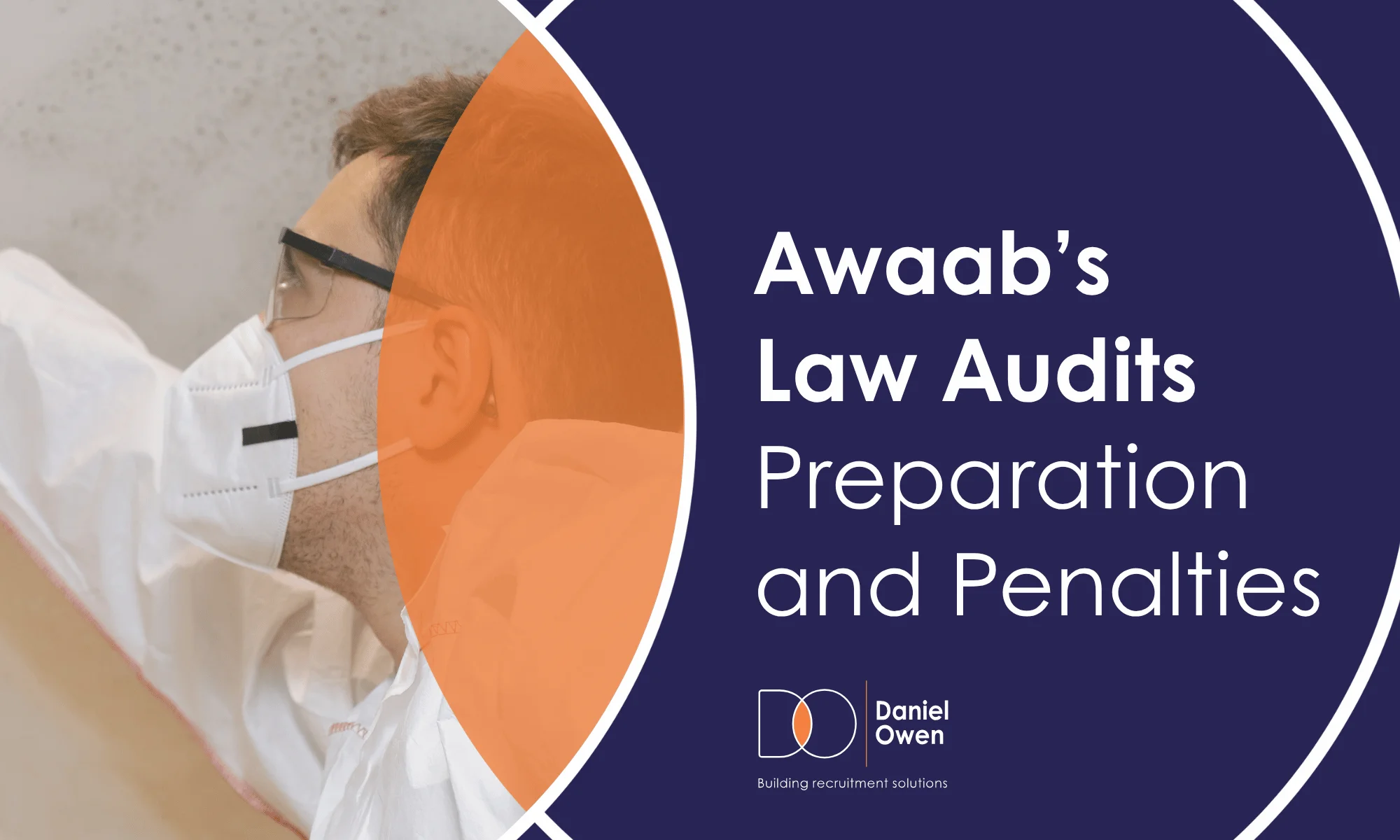Awaab's Law: A guide to the 2025 changes
29 Aug, 202512 MinsThe social housing sector is facing its most significant regulatory shift in years. Awaab's ...

The social housing sector is facing its most significant regulatory shift in years. Awaab's Law comes into force on 27 October 2025, with 24-hour repair requirements and escalating coverage of health risks that will fundamentally change how housing providers operate.
The Catalyst Behind Change
Named after two-year-old Awaab Ishak, who tragically died from prolonged exposure to mould in his home, the law aims to ensure such a failure never happens again. In December 2020, two-year-old Awaab Ishak died from respiratory issues caused by prolonged exposure to black mould in his home. His family had repeatedly reported the problem to their social housing provider, who failed to take action to resolve it.
Non-Negotiable Compliance Requirements
If a social landlord becomes aware of a potential damp and mould hazard in a social home, they must investigate within 10 working days to ascertain if there is a hazard. But that's just the beginning:
- Emergency Response: In an emergency situation, the social landlord must investigate and action any emergency repairs as soon as reasonably practicable and, in any event, within 24 hours
- Written Reports: The landlord must provide residents with a written summary of the investigation findings within three working days of the investigation concluding
- Alternative Accommodation: If the property cannot be made safe within the specified timescales for Awaab's Law, then the social landlord must offer to arrange for the residents to stay in suitable alternative accommodation, at the social landlord's expense, until it is safe to return
The Real Business Impact
The Courts are already awarding thousands, sometimes tens of thousands, in compensation to tenants. Common disrepair case awards can range from £500 to over £100,000, depending on the severity, health impact and duration of exposure.
Beyond financial penalties, non-compliance affects public trust and brand reputation – damage that's often irreversible in today's digital age.
The Systems Challenge
Most organisations are already working within complex digital ecosystems, often comprising a patchwork of housing management systems (HMS), repairs platforms, CRM tools and contractor portals. These systems rarely work in harmony. Instead, they create silos, manual processes and communication breakdowns, making it difficult to act quickly and decisively when tenant health is at stake.
This fragmentation is where the greatest risk lies under Awaab's Law. Disconnected systems can lead to missed reports, delayed actions, poor visibility and ultimately, non-compliance.
Your Talent Strategy Matters More Than Ever
As a property services leader, you're not just managing buildings – you're safeguarding lives. In 2026, requirements will expand to a wider range of hazards beyond damp and mould, meaning your compliance challenges will only intensify.
The professionals you hire today will determine whether your organisation thrives or struggles under these new regulations. You need:
- Compliance specialists who understand both the technical and legal requirements
- Technology professionals who can integrate fragmented systems
- Operations managers who can implement responsive processes
- Customer service teams trained in emergency response protocols
Awaab's Law is not simply a compliance exercise. It's a wake-up call (and an opportunity) for housing providers to rethink how they serve, support and protect their residents. By embracing automation, integration and data transparency, providers can shift from crisis management to continuous improvement.
----
At Daniel Owen Ltd, we understand that regulatory change drives talent demand. Our construction and property services specialists have been supporting organisations through major compliance shifts for years.
Need to strengthen your compliance team? Contact our property services specialists – we understand both the regulations and the talent required to meet them.


